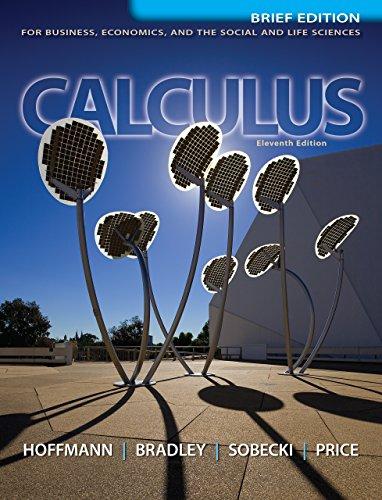Answered step by step
Verified Expert Solution
Question
1 Approved Answer
Here is are some multiple choice study questions I'm having trouble understanding. Some of the math questions to solve is difficult. Can you also explain
Here is are some multiple choice study questions I'm having trouble understanding. Some of the math questions to solve is difficult. Can you also explain to me how you determine each answers.
Step by Step Solution
There are 3 Steps involved in it
Step: 1

Get Instant Access to Expert-Tailored Solutions
See step-by-step solutions with expert insights and AI powered tools for academic success
Step: 2

Step: 3

Ace Your Homework with AI
Get the answers you need in no time with our AI-driven, step-by-step assistance
Get Started


